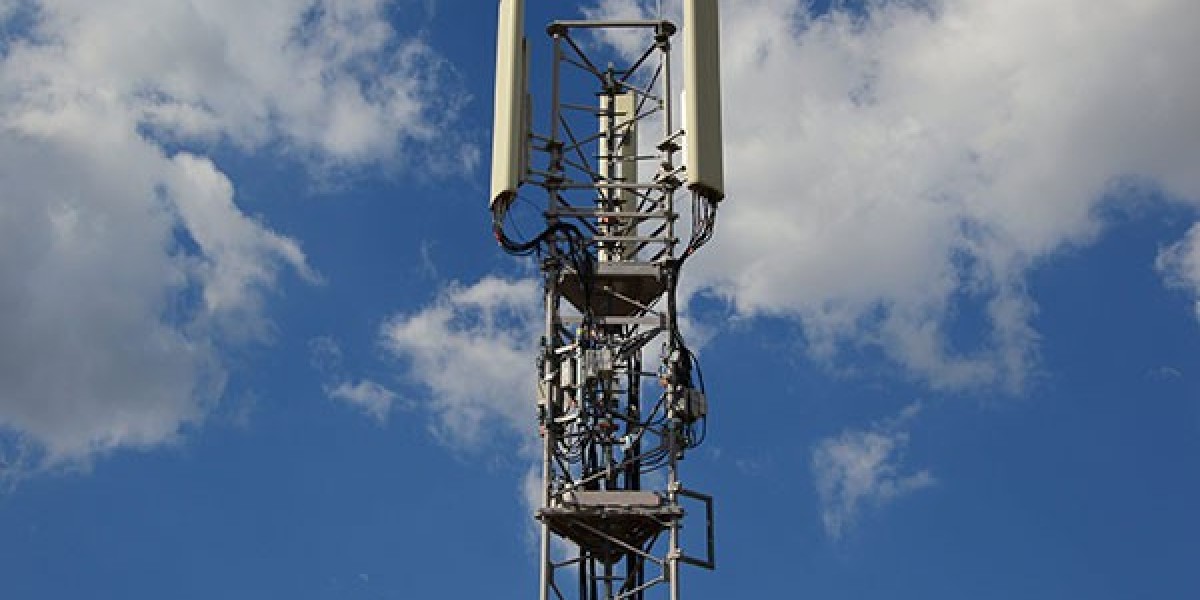In today’s interconnected world, telecommunication cabinets are crucial for maintaining seamless communication networks. These enclosures house and protect vital telecommunication equipment, ensuring reliable operation in diverse environments, from urban centers to remote locations.
What Are Telecommunication Cabinets?
Telecommunication Cabinets are specialized enclosures designed to store and protect equipment used in communication networks, such as routers, switches, fiber-optic terminals, and power supplies. They are engineered to provide environmental protection, security, and efficient management of internal components.
Key Features of Telecommunication Cabinets
Environmental Protection
- Designed to shield equipment from environmental hazards, such as rain, dust, and temperature extremes.
- Often rated with IP (Ingress Protection) or NEMA (National Electrical Manufacturers Association) standards for weather resistance.
Thermal Management
- Equipped with cooling systems like fans, heat exchangers, or air conditioning units to maintain optimal operating temperatures.
- Some include insulation or heating elements for cold climates.
Robust Construction
- Built from durable materials like stainless steel, aluminum, or reinforced plastics to withstand harsh conditions.
- Coated with corrosion-resistant finishes for longevity.
Security Features
- Includes tamper-resistant locks, reinforced panels, and intrusion alarms to prevent unauthorized access.
Cable and Power Management
- Designed with cable entry points, trays, and organizers for neat and efficient cabling.
- Often include power distribution units (PDUs) and backup power systems.
Customizability
- Available in various sizes and configurations to meet the specific needs of different network setups.
Ease of Access and Maintenance
- Features such as removable panels, swing-out racks, and hinged doors allow for easy equipment installation and servicing.
Types of Telecommunication Cabinets
Outdoor Telecommunication Cabinets
- Weatherproof and designed to protect equipment in outdoor environments.
- Equipped with advanced thermal management and security features.
Indoor Telecommunication Cabinets
- Typically installed in data centers or communication rooms.
- Focus on efficient airflow and cable management.
Pole-Mounted Cabinets
- Used in areas where space is limited, such as urban settings or along roadways.
Wall-Mounted Cabinets
- Ideal for smaller installations in compact spaces, offering easy access and space-saving designs.
Rack-Mount Cabinets
- Designed to accommodate standardized rack-mounted equipment, providing flexibility and scalability.
Applications of Telecommunication Cabinets
Broadband Networks
- House equipment for delivering high-speed internet to residential and commercial areas.
Mobile Networks
- Protect base station equipment, such as antennas, radios, and power supplies, in cellular networks.
Fiber-Optic Systems
- Store and protect optical distribution frames, splicing equipment, and patch panels.
Industrial and Remote Sites
- Deployed in oil fields, mining sites, and other remote locations to ensure reliable communication.
Transportation and Smart Cities
- Used for traffic control systems, electronic tolling, and public Wi-Fi networks.
Emergency and Public Safety Networks
- House equipment for critical communication systems, such as those used by police, fire, and emergency medical services.
Benefits of Telecommunication Cabinets
Enhanced Equipment Longevity
- Protects equipment from environmental and physical damage, ensuring a longer lifespan.
Improved Network Reliability
- Ensures stable and uninterrupted operation of communication networks.
Security and Access Control
- Prevents unauthorized access, reducing the risk of theft or vandalism.
Efficient Space Utilization
- Organized layouts for cable and equipment management save space and streamline operations.
Scalability and Flexibility
- Modular designs allow for future expansion as network demands grow.
Factors to Consider When Choosing a Telecommunication Cabinet
Environmental Conditions
- Select cabinets with appropriate weatherproofing for outdoor use or enhanced airflow for indoor settings.
Size and Capacity
- Ensure the cabinet can accommodate current equipment and future upgrades.
Material and Durability
- Choose materials that can withstand the specific environmental challenges of the deployment site.
Thermal Management Needs
- Evaluate whether active or passive cooling systems are necessary based on the equipment’s heat output.
Security Requirements
- Opt for cabinets with locks, alarms, and other security features if theft or tampering is a concern.
Ease of Maintenance
- Look for designs that allow quick and easy access to equipment for servicing and upgrades.
Conclusion
Telecommunication cabinets are vital for ensuring the stability and efficiency of modern communication networks. With robust protection against environmental hazards and physical threats, they provide a secure and organized environment for critical equipment. Whether used in urban networks, rural installations, or industrial sites, telecommunication cabinets are a cornerstone of reliable connectivity in today’s digital age.





